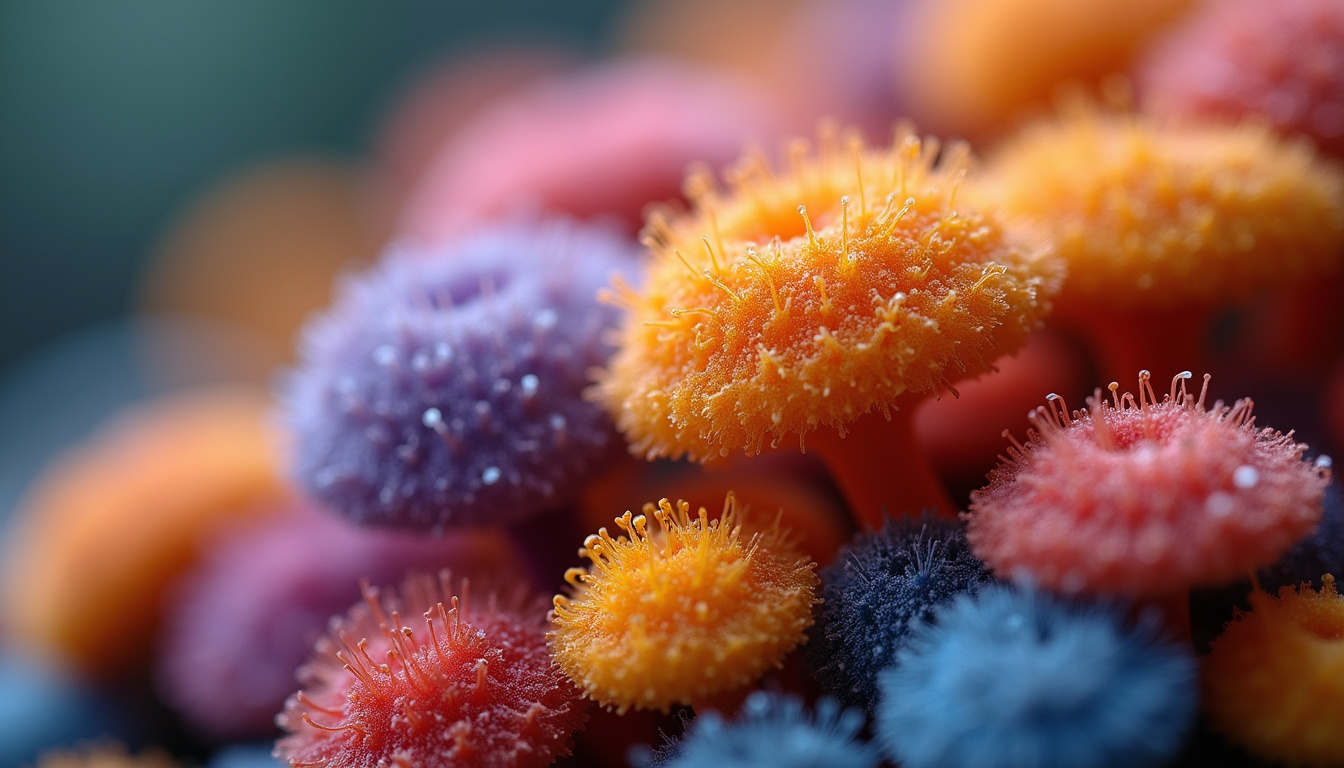The field of mycology studies fungi. It has grown fast in recent years. New methods change how scientists work. They now study fungi, find fungal infections, and make new antifungal treatments. Anyone keen on fungi must learn these lab techniques. Genetics and culturing are close at hand. They help us see fungi in new ways.
In this article, we explore the latest mycology lab techniques and discoveries. We show how these new ideas boost our knowledge and skills.
The Growing Importance of the Mycology Lab
A mycology lab studies molds, yeasts, and mushrooms. It is a special lab for fungi. These labs help in medicine, farming, nature studies, and biotechnology. They find harmful fungi, map fungal life, and create new uses for fungi.
As research grows, labs need fresh methods. These methods make tests fast, accurate, and complete.
Cutting-Edge Techniques Transforming the Mycology Lab
1. Next-Generation Sequencing (NGS) in Fungal Identification
Scientists now add next-generation sequencing to these labs. This tech reads DNA fast and deep. It sends short, clear signals from the genome.
Benefits of NGS include:
- Fast checks of fungal species, even in mixed samples.
- Discovery of fungi that were hidden before.
- A better look at fungal life in nature.
NGS helps researchers skip the slow culture tests.
2. Matrix-Assisted Laser Desorption/Ionization Time-of-Flight (MALDI-TOF) Mass Spectrometry
MALDI-TOF is a breakthrough for finding fungi. It reads the unique protein mark of each species with speed and care.
Key benefits are:
- Quick results, much faster than looking at shape.
- A cost saver after buying the machine.
- Clear skills to separate very similar fungi.
This tool now sits in many busy mycology labs for clinical tests.
3. CRISPR-Cas Technologies for Functional Genomics
CRISPR-Cas brings a fine tip for changing fungal DNA. Labs use it to learn gene jobs, see how fungi cause harm, and craft fungi with set traits.
CRISPR helps by:
- Speeding up gene tests.
- Making fungi that create useful substances.
- Showing new spots for antifungal drugs.
4. Advanced Culturing and Imaging Methods
Old culturing now meets new tech like microfluidics and high-res imaging. These methods let us watch fungi in real time.

Highlights of these tools:
- They show fungal growth as it happens.
- They give clues on how fungi change with their world.
- They help test new antifungal drugs fast.
Recent Discoveries in Fungal Science
New lab methods bring fresh finds in fungal science. Researchers now see that:
- New harmful fungi emerge. Fast DNA tests reveal species that hurt people, animals, and plants.
- Fungal life is complex. DNA tests show many fungi in soil, water, and even icy lands.
- Some fungi may help industry. They can clean waste, make enzymes, and even fuel.
- Fungi can fight drugs. The studies show how they resist, which may guide new cures.
These finds shape the future of fungal science. They open new doors in health, industry, and nature care.
How Mycology Labs Are Embracing Innovation: A List
Mycology labs are using new methods in many ways:
- They use NGS in everyday tests for better checks.
- They adopt MALDI-TOF for fast and clear results.
- They apply CRISPR for gene studies and fungal tweaks.
- They work with computer experts to study big DNA sets.
- They use smart imaging to watch fungi in live tests.
Future Directions in Mycology Lab Techniques and Discoveries
The future for mycology labs shines bright. New areas include:
- Artificial Intelligence and Machine Learning: AI helps read big data for fungal tests.
- Single-cell sequencing: This studies one fungus cell at a time.
- Synthetic biology: Scientists design fungi with set traits.
- Metabolomics and proteomics: They study fungal chemicals and proteins to find new drugs.
These fresh ideas will boost how we see fungi. They give clues to their role in nature and in our health.
Frequently Asked Questions (FAQs)
Q1: What are the newest methods in mycology labs?
A1: New tools include next-generation sequencing, MALDI-TOF mass spectrometry, CRISPR-Cas editing, and smart imaging.
Q2: How do mycology labs add to fungal finds?
A2: Using DNA tests and new look methods, labs find hidden fungi, map their lives, and spot species that may help health or industry.
Q3: What lies ahead for mycology lab work?
A3: The future brings more AI, single-cell tests, synthetic designs, and deep chemical studies to boost our fungal insight.
External Source for Further Reading
For more on checking fungi, read the review on fungal tests by the Centers for Disease Control and Prevention (CDC).
Take the Next Step in Your Fungal Research Journey
Staying ahead in mycology means using new lab ideas. Whether you work in research, medicine, or industry, new tools like NGS, MALDI-TOF, and CRISPR can lift your work. They help lead new finds that may change medicine, farming, and caring for nature.
Take the plunge and see how these fresh methods can boost your lab. Be a part of the exciting future in fungal science!

Leave a Reply